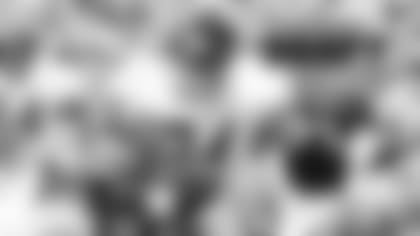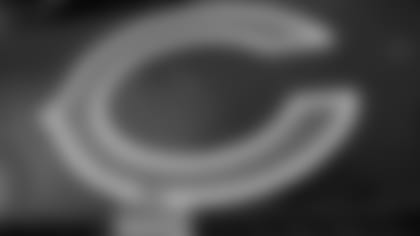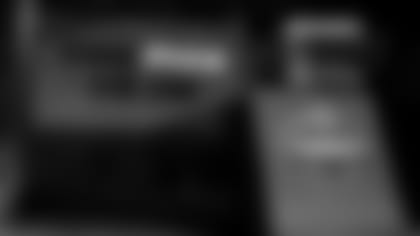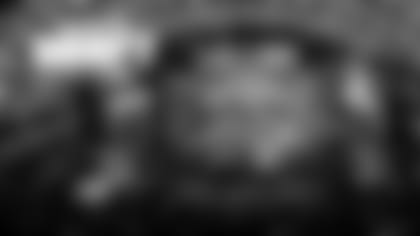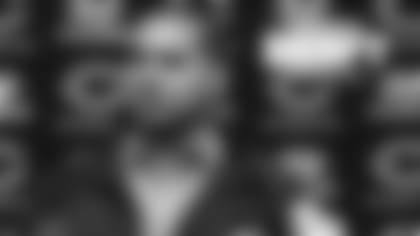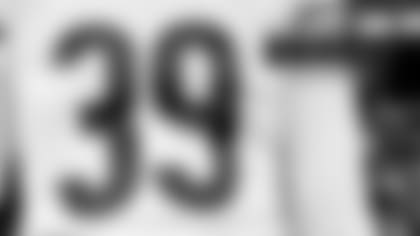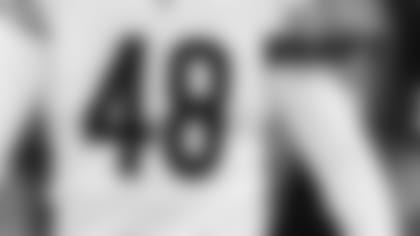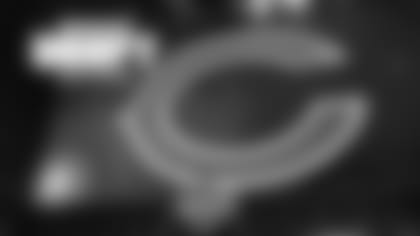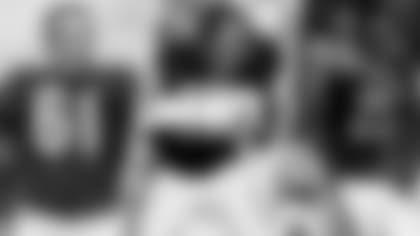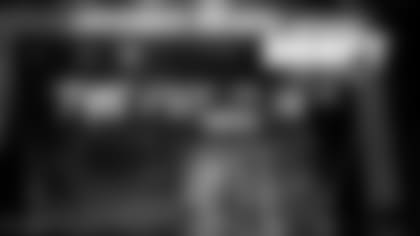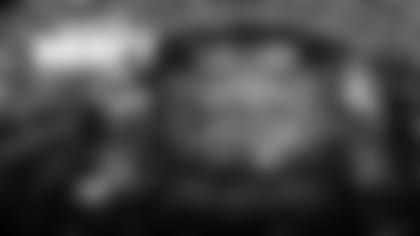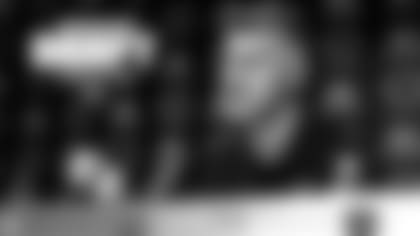In the second of a five-part series counting down the best drafts in Bears history, I've ranked the 1975 crop at No. 4. Here's why:
The Bears' 1975 draft produced nine eventual starters, led by a Hall of Fame running back who's widely considered the best player in franchise history.
Walter Payton played at tiny Jackson State University, but he was hardly an unknown commodity when he was chosen by the Bears with the fourth pick in the 1975 draft.
Payton was a two-time first-team All-American who set the NCAA scoring record with 464 points, established nine school records and received votes for the Heisman Trophy.
"He wasn't any deep secret," then-Bears coach Jack Pardee said on Jan. 28, 1975, the day Payton was drafted. "Everyone in the country knows about him."
Maybe so, but few imagined that Payton would become the NFL's all-time leading rusher. Then again, the man they called "Sweetness" was seemingly convinced that he would enjoy a special career in the Windy City.
"When I get through with Chicago, they'll be loving me," Payton said the day he was drafted.
Payton ultimately spent his entire 13-year NFL career with the Bears. He was voted to nine Pro Bowls, set the NFL rushing record with 16,726 yards and was inducted into the Pro Football Hall of Fame in 1993 in his first year of eligibility.
The Bears drafted eight other players in 1975 who would eventually start: defensive end Mike Hartenstine (second round), cornerback Virgil Livers (fourth), guard Revie Sorey (fifth), quarterback Bob Avellini (sixth), linebacker Tom Hicks (sixth), defensive tackle Roger Stillwell (ninth), safety Doug Plank (12th) and fullback Roland Harper (17th).
"We certainly did one thing," legendary Bears owner George Halas said at the time. "We helped our needs. I'm so enthused with the whole thing. I think it's the finest Bear draft in 10 years."
Halas sat in on the two-day session, but he was primarily a spectator. The draft was orchestrated by general manager Jim Finks, who joined Papa Bear in the Hall of Fame in 1995.
Heading into the draft, running back was considered the Bears' most pressing need. Ken Grandberry had led the team in rushing in 1974 with just 475 yards and two touchdowns on 144 carries.
Many scouts felt that Texas A&I's Don Hardeman was the best runner available. But Hardeman was selected by the Houston Oilers with the 15th pick and rushed for only 1,460 yards and 11 touchdowns on 397 carries in five NFL seasons with the Oilers and Baltimore Colts.
The three players chosen ahead of Payton were quarterback Steve Bartkowski (Atlanta Falcons), defensive tackle Randy White (Dallas Cowboys) and guard Ken Huff (Colts).
The Bears won a coin flip for the fourth pick with the Cleveland Browns, who selected defensive end Mack Mitchell at No. 5. The Browns may not have taken Payton had they won the coin flip, however. Cleveland's director of player personnel at the time, Bob Nussbaumer, said that the team's draft priorities were defensive end and wide receiver.
The only Hall of Famers from the 1975 draft are Payton, White and defensive end Fred Dean, who was selected by the San Diego Chargers in the second round (33rd overall).
The Bears insisted that they would have selected Payton if they had the No. 1 pick. When the Colts chose Huff, Pardee revealed that "a nice cheer went up" in Chicago's draft room.
"We've been sweating it out all night," he said. "What happened is what we were hoping for. Had we been in Atlanta's spot, we'd have chosen Walter Payton. We thought that much of him."
The next day, the Chicago Tribune speculated that "Payton's addition raised immediate doubt about the future of (incumbent running back) Carl Garrett with the Bears."
Avellini was confident in his ability, saying after he was drafted: "I might be a sixth-round pick, but I'll play like a first-rounder."
Finks agreed, saying: "I couldn't see that much difference between Bartkowski [the No. 1 overall pick in the draft] and Avellini at the Senior Bowl. We liked his arm and size and techniques."
Other noteworthy choices in the first round of the 1975 draft were linebacker Robert Brazile (6th to the Oilers), tight end Russ Francis (16th to the New England Patriots), cornerback Louie Wright (17th to the Denver Broncos) and linebacker Thomas "Hollywood" Henderson (18th to the Dallas Cowboys).
Finks landed two more offensive starters by making draft-day trades.
The Bears general manager dealt third- and seventh-round selections to the Colts for the rights to tight end Greg Latta, Baltimore's 1974 first-round pick who had played his rookie season for Pardee in the World Football League with the Florida Blazers.
At the time, Pardee described Latta as "a John Mackey type" who was the best tight end in the WFL.
Finks sent another seventh-round choice to the Colts for the rights to guard Noah Jackson, who had played out his option with the Toronto Argonauts in the Canadian Football League.
Bears 1975 draft class
1-4: Walter Payton, RB, Jackson State
2-31: Mike Hartenstine, DE, Penn State
4-83: Virgil Livers, CB, Western Kentucky
5-110: Revie Sorey, G, Illinois
6-135: Bob Avellini, QB, Maryland
6-151: Tom Hicks, LB, Illinois
7-178: Earl Douthitt, DB, Iowa
8-197: Joe Harris, LB, Georgia Tech
9-212: Roger Stillwell, DT, Stanford
10-254: Mike Julius, G, St. Thomas
11-264: Mike Dean, K, Texas
12-291: Doug Plank, S, Ohio State
13-316: Charles McDaniel, RB, Louisiana Tech
14-342: Walter Hartfield, RB, Texas State
15-368: Steve Marcantonio, WR, Miami (Fla.)
16-395: Witt Beckman, WR, Miami (Fla.)
17-420: Roland Harper, RB, Louisiana Tech
With the 2020 NFL Draft set to kick off in just over two weeks, senior writer Larry Mayer ranks the top 10 drafts in Bears history.
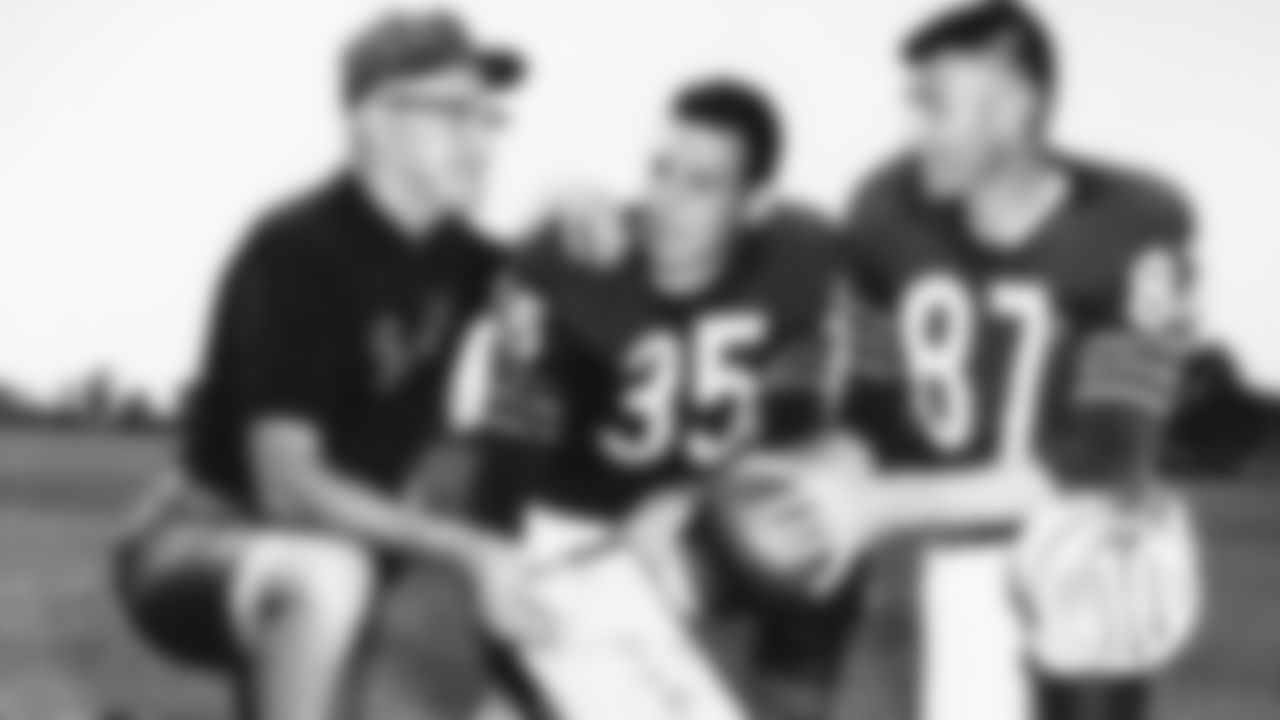
(10) 1954
The Bears landed two key offensive stars in the 1954 draft in second-round fullback Rick Casares and 15th-round receiver Harlon Hill. Casares played 10 seasons with the Bears, rushing for 5,675 yards and 49 touchdowns on 1,386 carries. He was the franchise's all-time leader rusher until he was surpassed by Walter Payton in 1979. Hill spent eight seasons with the Bears. He was voted NFL Rookie of the Year in 1954, became the first winner of the Jim Thorpe Trophy as league MVP in 1955, and was a three-time All Pro selection.
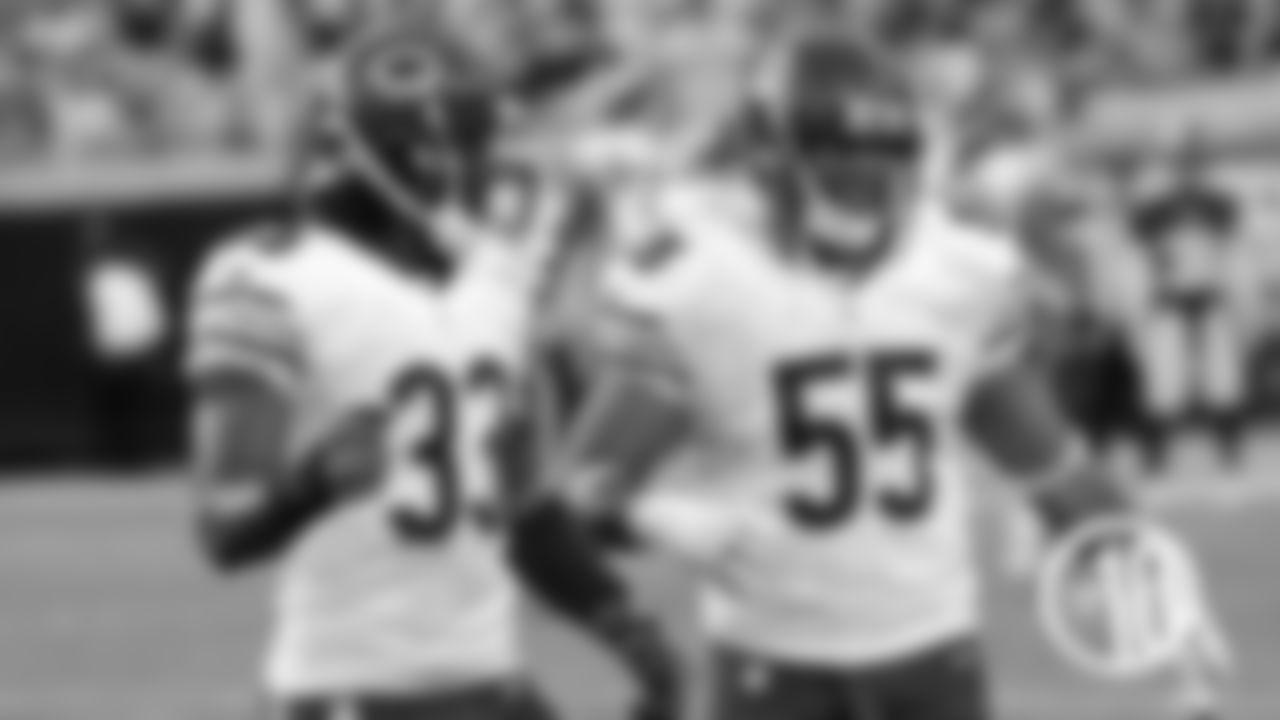
(9) 2003
The Bears spent second- and third-round picks in 2003 on cornerback Charles Tillman and linebacker Lance Briggs, who helped fuel a defense that led the team to three NFC North titles in six seasons from 2005-10. In consecutive road wins over the Cowboys and Jaguars in 2012, Tillman and Briggs became the first teammates in NFL history to both return interceptions for touchdowns in back-to-back games.
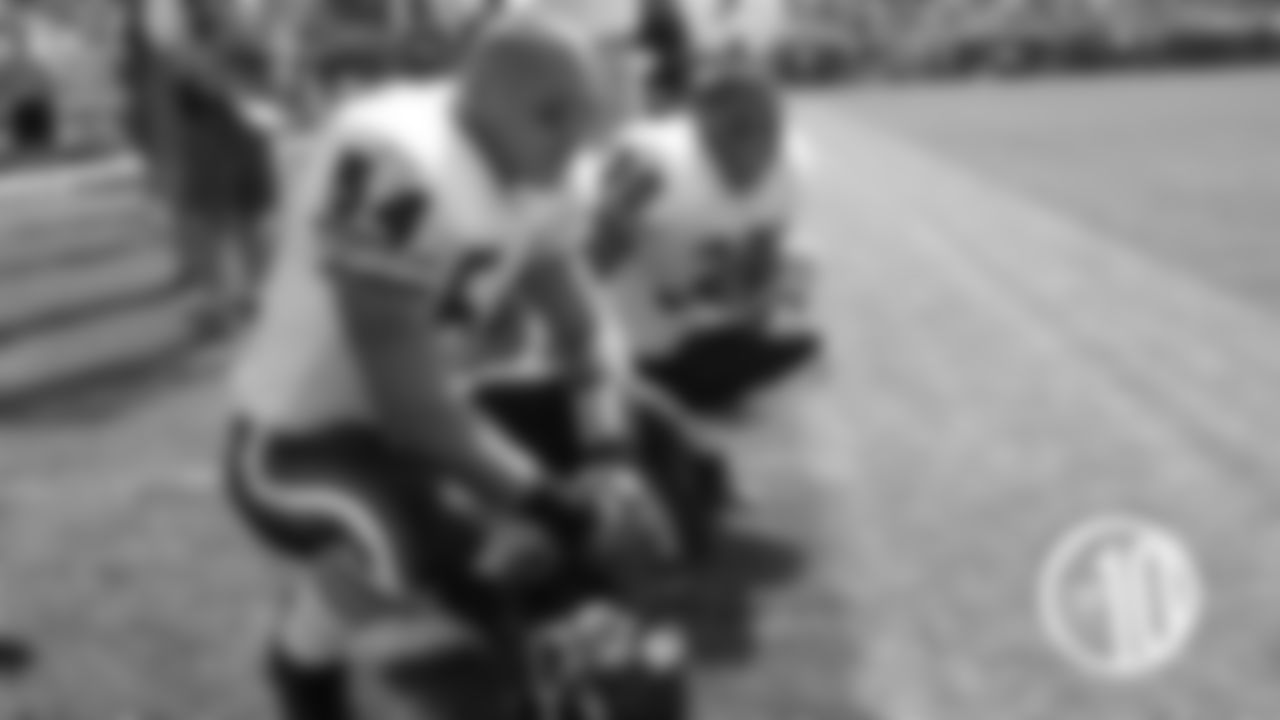
(8) 2000
The Bears hit back-to-back home runs in the first two rounds of the 2000 draft when they selected Hall of Fame middle linebacker Brian Urlacher at No. 9 and safety Mike Brown at No. 39. Urlacher was the face of the franchise for more than a decade, earning eight trips to the Pro Bowl and the 2005 NFL defensive player of the year award. Brown was the heart-and-soul of the defense; a two-time All-Pro who recorded 17 interceptions with the Bears.
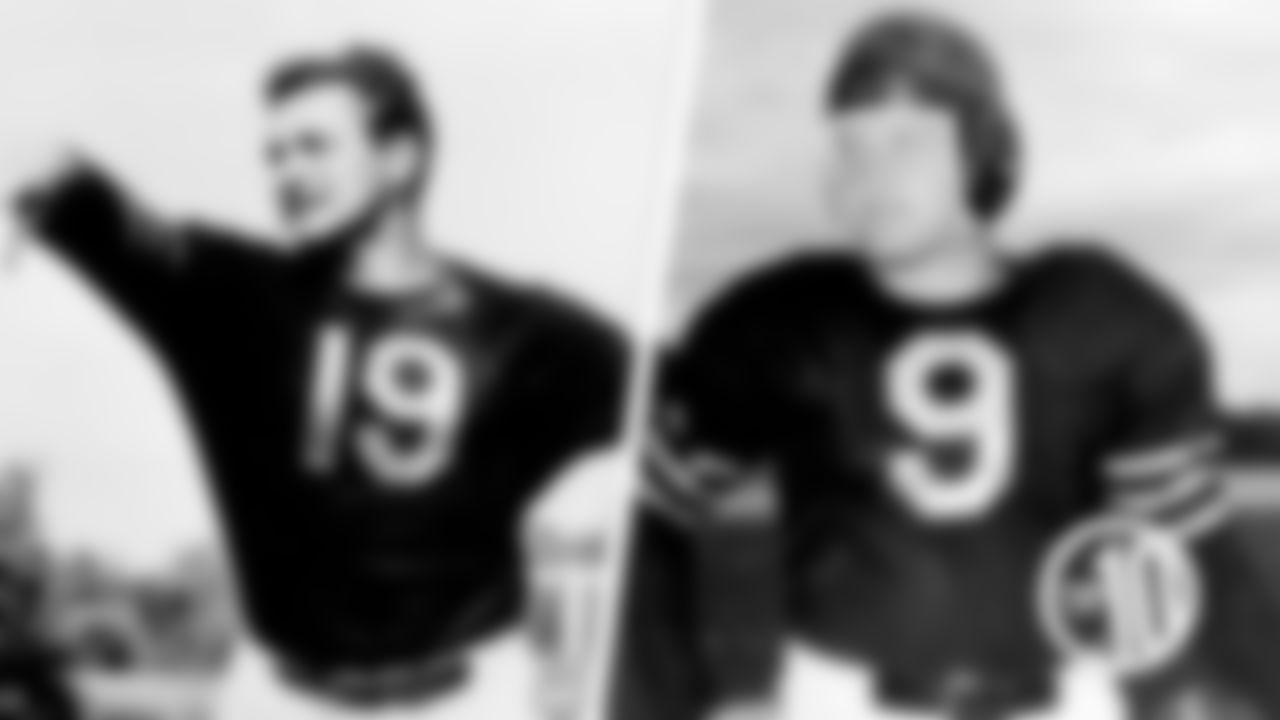
(7) 1939
Before the 1938 season, the Bears traded end Edgar "Eggs" Manske to the Steelers in exchange for their first-round pick in 1939. The Bears used the selection to choose Hall of Fame quarterback Sid Luckman second overall. Luckman led the Bears to four league titles and helped revolutionize pro football by helping to introduce the "T" formation. The Bears also landed fullback Bill Osmanski with the sixth pick in the first round and guard Ray Bray in the ninth round.
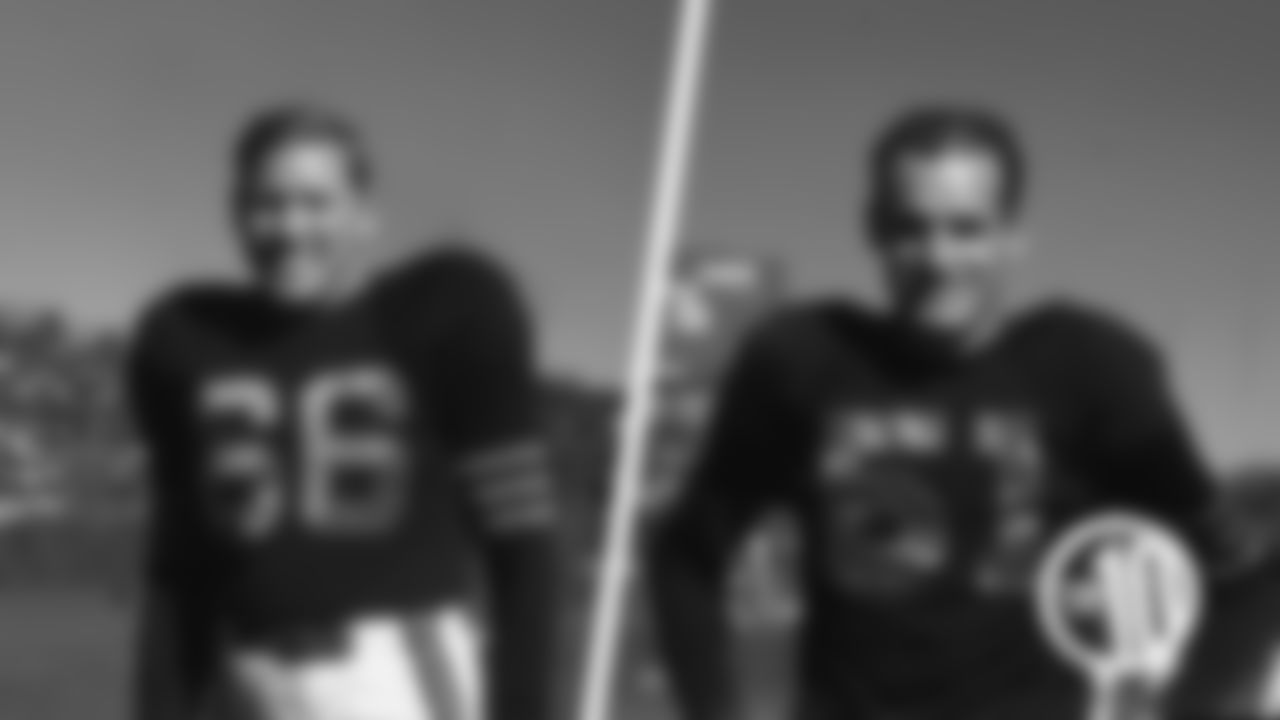
(6) 1940
The Bears selected Hall of Fame center/tackle/linebacker Clyde "Bulldog" Turner with the seventh pick in the first round of the draft. An eight-time first-team All-Pro, Turner helped the Bears win four NFL championships in his first seven seasons and remained with the team through 1952. The Bears also spent a second-round pick on receiver Ken Kavanaugh, who remains the franchise's all-time leader with 50 touchdown receptions.
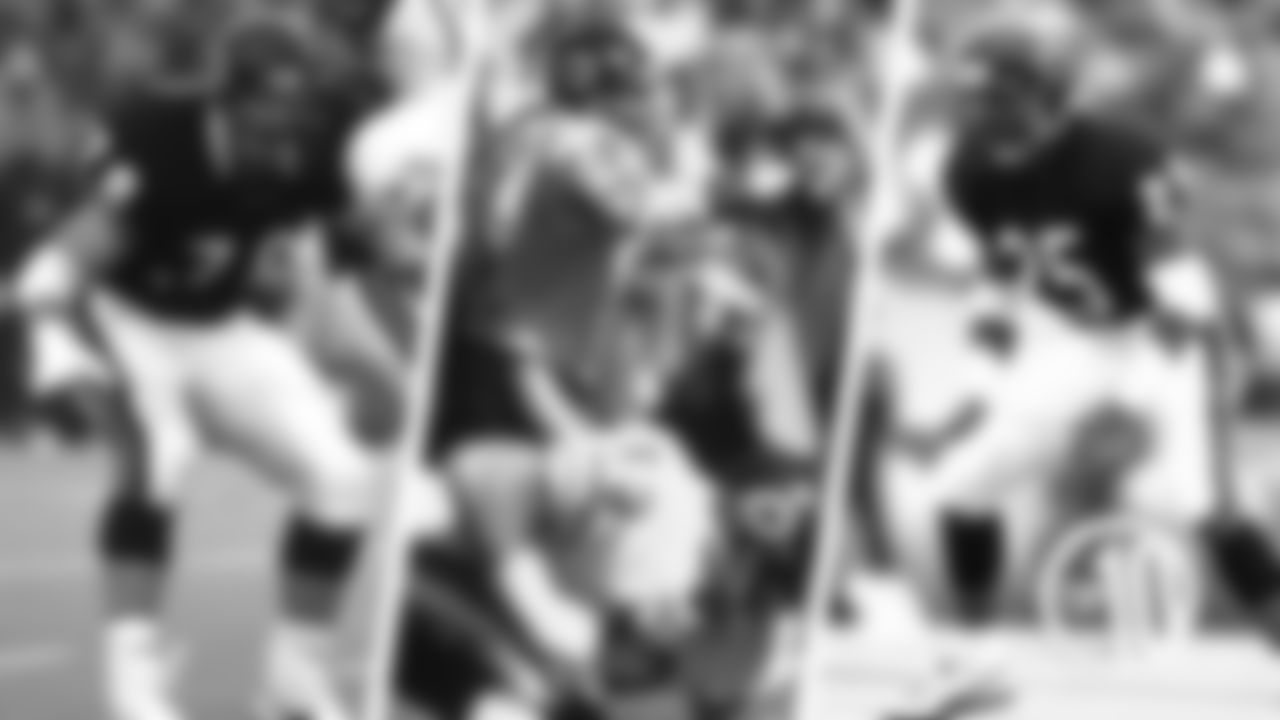
(5) 1981
First-round right tackle Keith Van Horne started 169 games over 13 seasons with the Bears on some of the best offensive lines in NFL history. Fourth-round safety Todd Bell also thrived before sitting out the 1985 season due to a contract dispute. But the key to the 1981 draft was the selection of Hall of Fame middle linebacker Mike Singletary in the second round at No. 38 overall.
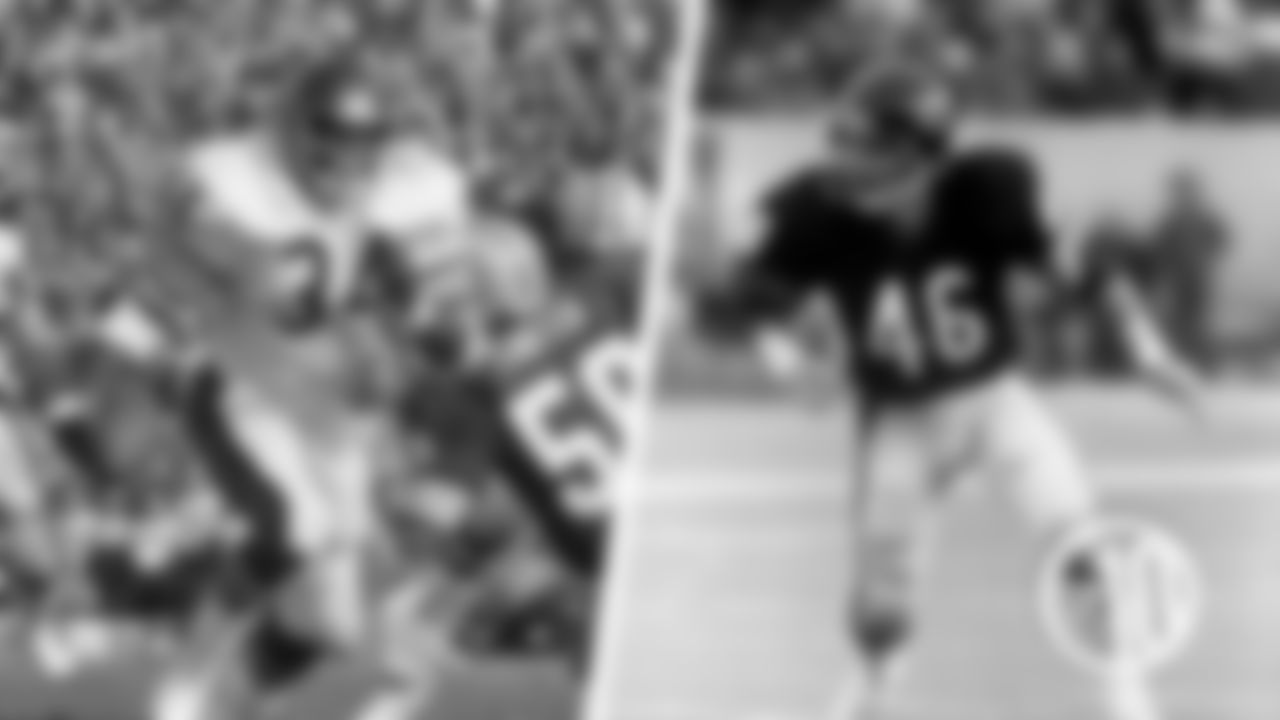
(4) 1975
The Bears selected the great Walter Payton with the fourth overall pick in the first round. But Sweetness was just one of nine players from the '75 draft who would eventually become a starter. The crop included a pair of steals in safety Doug Plank in the 12th round and fullback Roland Harper in the 17th round.
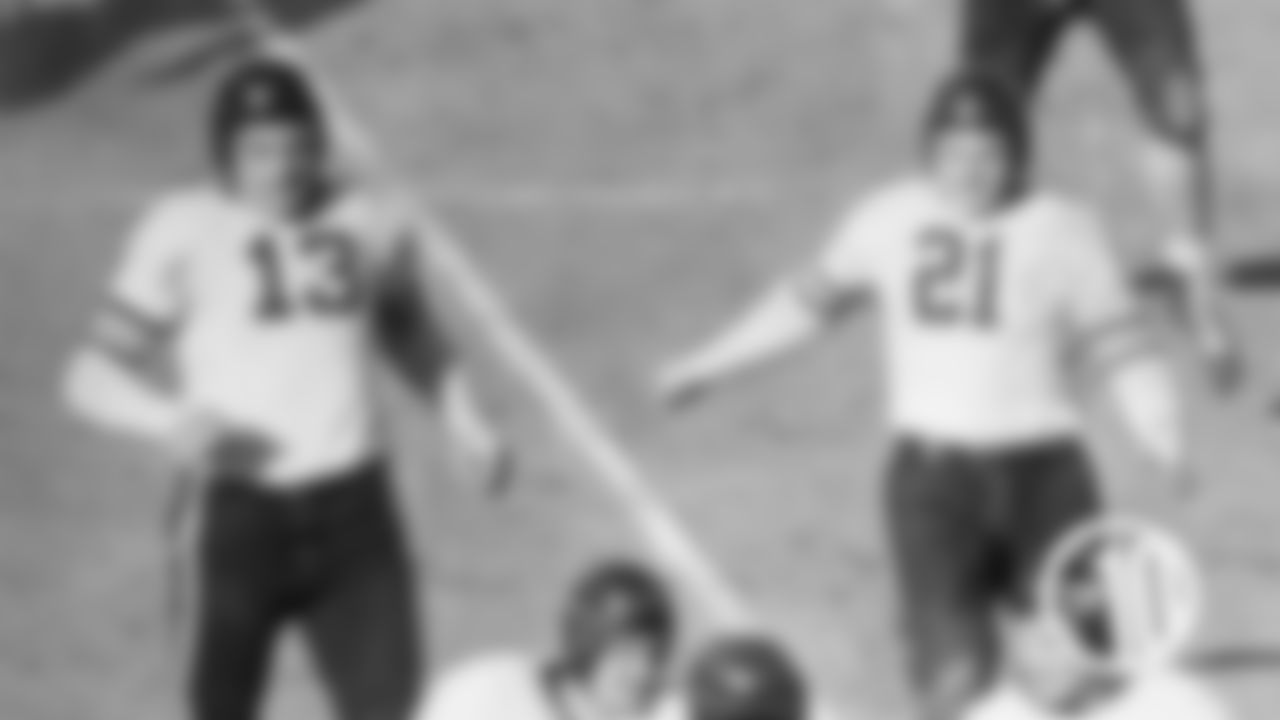
(3) 1936
The Bears landed two Hall of Famers in the very first NFL draft when they picked offensive linemen Joe Stydahar in the first round and Danny Fortmann in the ninth round. Playing next to each other on the left side of the Bears offensive line, Stydahar and Fortmann helped the "Monsters of the Midway" revolutionize the NFL with the T-formation.
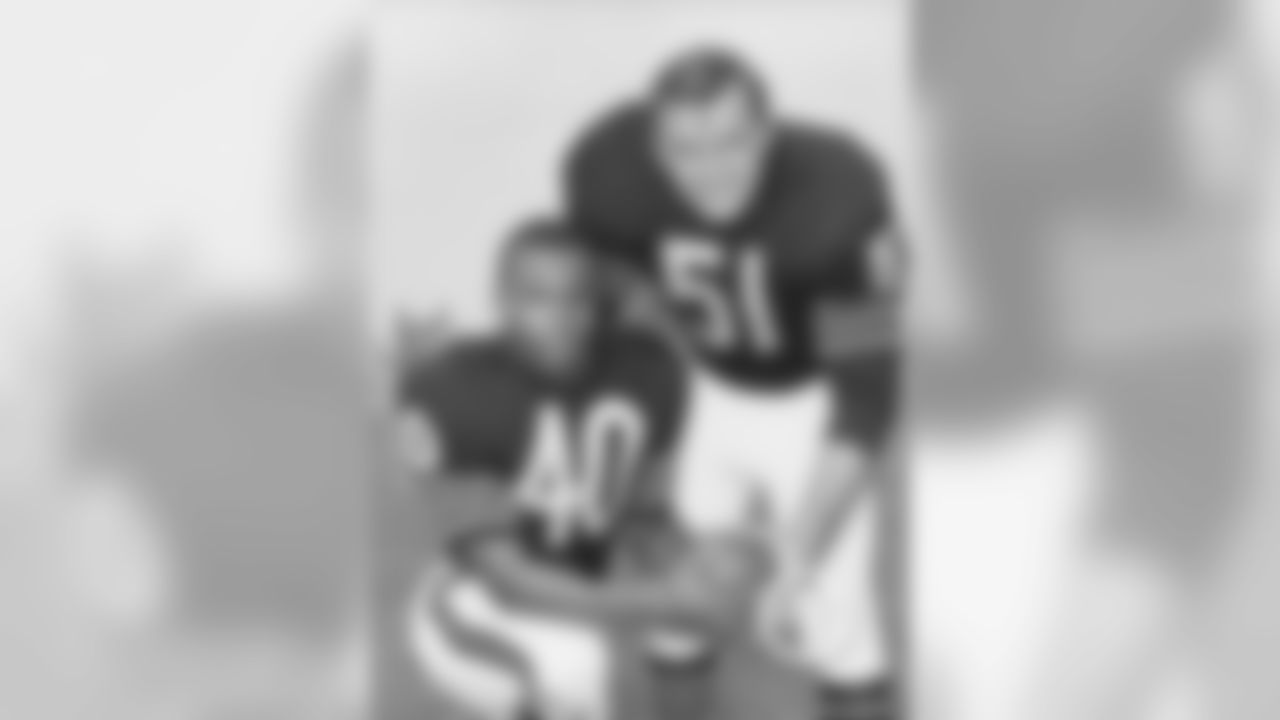
(2) 1965
The Bears selected a pair of legendary Hall of Famers in middle linebacker Dick Butkus and running back Gale Sayers with back-to-back picks in the first round at Nos. 3 and 4. Both are considered among the greatest players to ever line up at their respective positions. The '65 draft also produced receiver Dick Gordon in the seventh round.
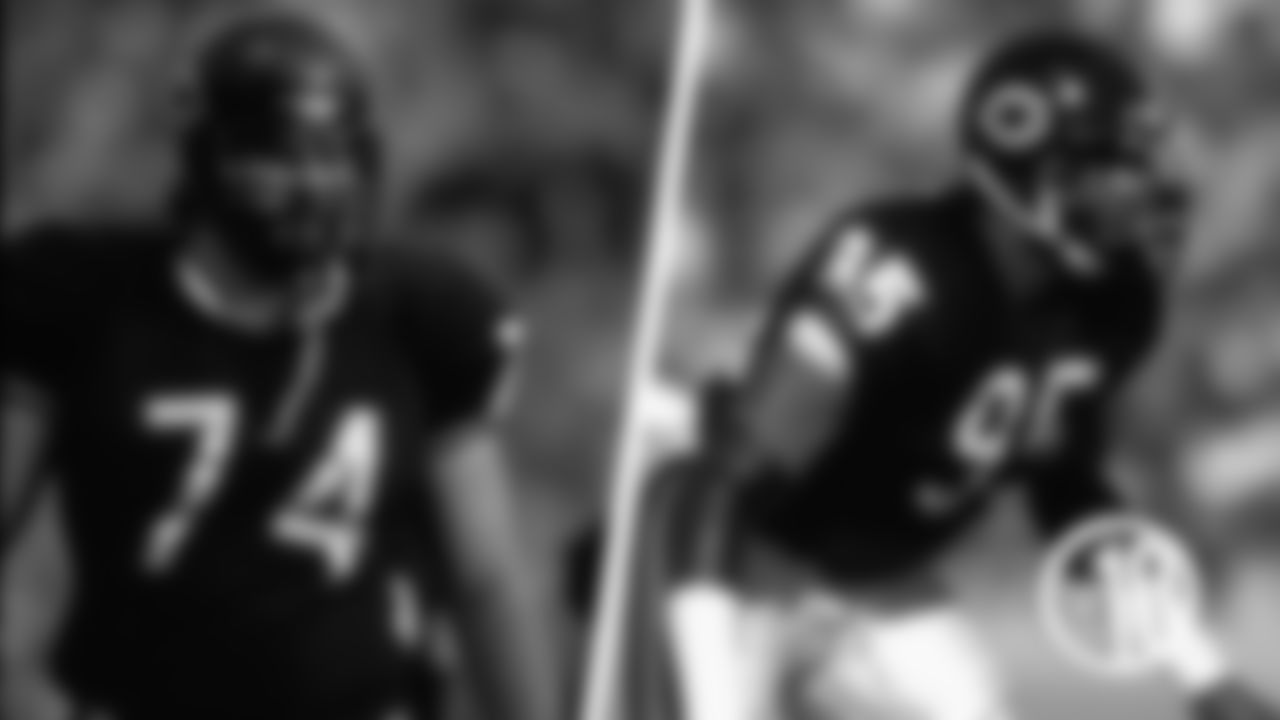
(1) 1983
The 1983 draft produced seven starters on the 1985 Super Bowl championship team, including Hall of Famers Jimbo Covert in the first round and defensive end Richard Dent in the eighth round. The impressive haul also included Willie Gault, Mike Richardson, Dave Duerson, Tom Thayer and Mark Bortz.



